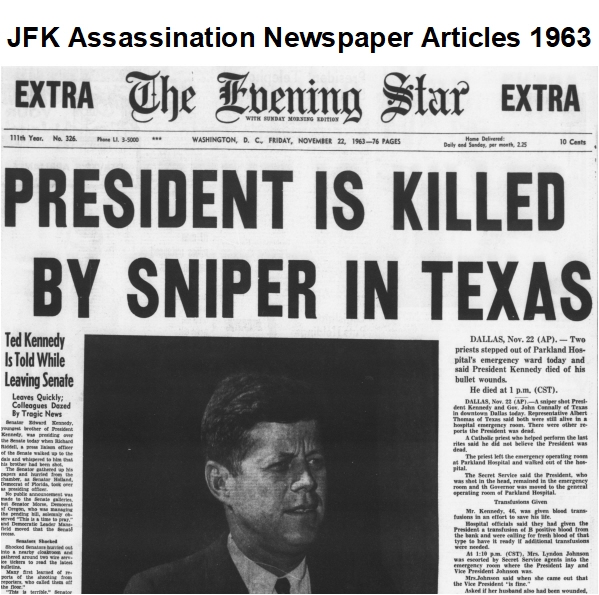
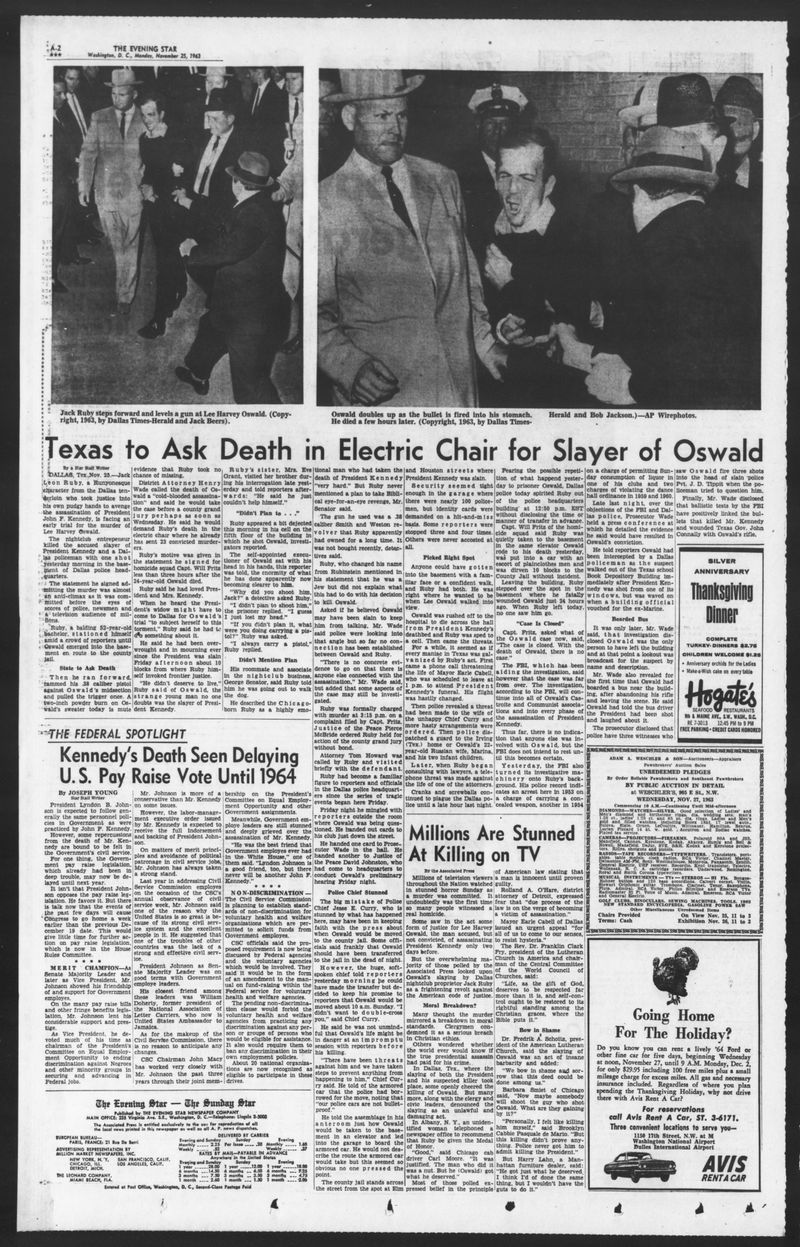
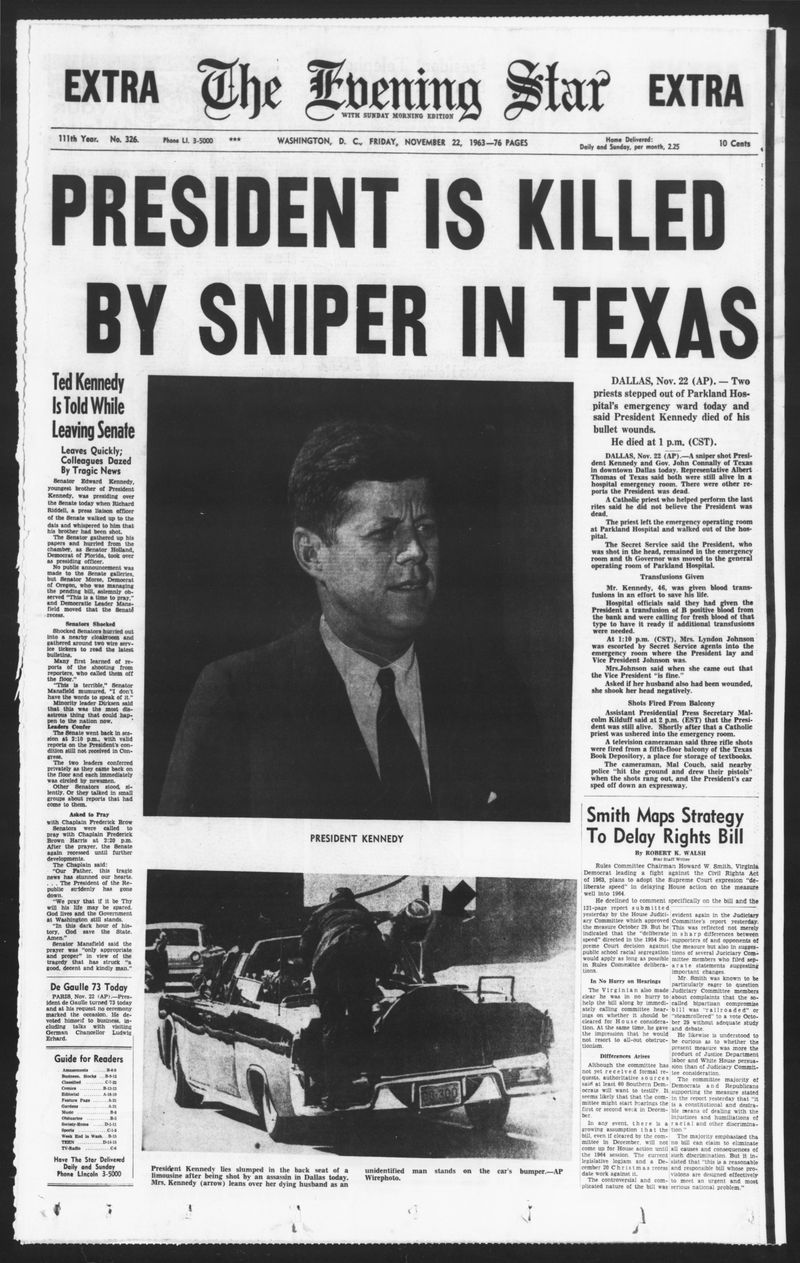
1963 Newspaper Articles on JFK Assassination
$3.94
Description
This collection comprises 158 full-page newspaper clippings, spanning 42 different newspaper issues published between November 22nd and December 25th, 1963. The articles comprehensively document the assassination of President John F. Kennedy, detailing not only the event itself but also the concurrent wounding of Governor John Connally and the subsequent killing of Lee Harvey Oswald by Jack Ruby.
The geographical breadth of the newspapers is significant, showcasing a diverse range of perspectives from across the United States. Specifically, the collection includes papers from Washington D.C. (The Evening Star), along with publications representing Maryland, Virginia, Mississippi, North Carolina, Minnesota, Michigan, and even Alaska. This wide geographical representation offers a multifaceted view of the national reaction to this pivotal event in American history, capturing the immediate shock, grief, and subsequent investigations that dominated the news cycle during that period.
The sheer volume of pages suggests a thorough and extensive coverage of the assassination and its aftermath, offering a rich primary source for historical research.
Value of Historical Newspapers: The JFK Collection
The assassination of President John F. Kennedy on November 22, 1963, was a pivotal moment in American history that captivated the nation and the world. The media coverage of this tragic event, particularly through the lens of historical newspapers, provides a unique window into the events, emotions, and ongoing controversies surrounding the JFK assassination. From the initial shock and disbelief to the public mourning and the ongoing investigation, newspapers played a crucial role in documenting and shaping the public’s understanding of this seminal moment.
Overview of the JFK Assassination
Context of the 1963 Political Climate
The political landscape of the United States in 1963 was complex and often contentious. President Kennedy was preparing for his 1964 re-election campaign, and his visit to Texas was aimed at addressing internal divisions within the Democratic Party and bolstering support for his anticipated run. The sources underscore the political climate surrounding Kennedy’s trip, which was marked by growing extremist activity and tensions within the party.
The presence of various extremist groups in Dallas, such as the John Birch Society and the Ku Klux Klan, heightened the anxieties surrounding the president’s visit. Kennedy was aware that a feud among party leaders in Texas could jeopardize his chances of carrying the state in the 1964 election, and one of his goals for the trip was to bring the Democrats together.
Key Events Leading to the Assassination
On November 22, 1963, President Kennedy’s motorcade was making its way through the streets of Dealey Plaza in Dallas when tragedy struck. As the president’s car passed the Texas School Book Depository, shots rang out, and the president was struck by multiple bullets. Lee Harvey Oswald, a former U.S. Marine and Marxist sympathizer, was arrested for the assassination and the subsequent killing of Patrolman J. D. Tippit. Oswald was later shot and killed by Jack Ruby on November 24, 1963, while being transferred to the county jail.
The Day of the Assassination

Timeline of Events on November 22, 1963
The events of November 22, 1963, unfolded rapidly, with the nation and the world tuning in to follow the developing story. Newspapers provided a detailed timeline of the day’s events, from the president’s arrival in Dallas to the shocking moments in Dealey Plaza, the subsequent investigation, and the aftermath.
Readers were confronted with the grim details, from the president’s limousine being transported to Parkland Memorial Hospital, where doctors fought in vain to save his life, to the announcement of his death and the nation’s collective grief.
Immediate Reactions from Eyewitnesses
Newspaper accounts captured the raw emotions and harrowing experiences of eyewitnesses to the assassination. Descriptions of the terror and confusion in the streets of Dallas, the panic and disbelief of the crowds, and the heroic efforts of law enforcement and medical personnel painted a vivid picture of the tragedy that unfolded that day.
Interviews with bystanders, Secret Service agents, and other individuals who were present at the scene provided a first-hand perspective on the events, allowing readers to better understand the chaos and the profound impact of the president’s death.
Newspaper Coverage of the Assassination
Major Headlines from November 23, 1963
The news of President Kennedy’s assassination shook the nation, and newspapers across the country responded with bold and impactful headlines. These headlines, often accompanied by striking imagery, conveyed the gravity of the moment and the depth of the nation’s grief.
Phrases like “PRESIDENT SHOT DEAD” and “KENNEDY ASSASSINATED” dominated the front pages, capturing the shock and disbelief that gripped the country. Newspapers also reported on the immediate aftermath, including the arrest of Lee Harvey Oswald and the subsequent murder of Oswald by Jack Ruby.
Comparison of Local vs. National Coverage
The coverage of the JFK assassination extended beyond the national level, with local newspapers providing a unique and often more personal perspective on the tragedy. While national publications focused on the broader implications and the investigation, local newspapers delved into the impact on the community, the personal stories of those affected, and the community’s response to the devastating news.
By examining the differences in coverage between local and national newspapers, one can gain a more comprehensive understanding of the immediate and long-term effects of the assassination on both the national psyche and individual communities.
Public Mourning in the Media
Depictions of Grief in Newspaper Articles
The assassination of President Kennedy sparked an outpouring of grief and mourning across the nation. Newspapers captured the profound sense of loss and sadness felt by the American people, with detailed accounts of the nation’s reaction.
Vivid descriptions of mourners weeping openly, candlelight vigils, and impromptu memorials painted a powerful picture of the country’s collective anguish. Newspaper articles also highlighted the personal stories of those directly affected by the tragedy, further emphasizing the human impact of the president’s death.
Memorials and Tributes Celebrated in Print
In the aftermath of the assassination, newspapers played a crucial role in documenting the numerous memorials and tributes held across the country. From the state funeral in Washington, D.C., to local ceremonies in communities nationwide, newspapers provided extensive coverage of the ways in which the nation sought to honor and remember President Kennedy.
These articles captured the solemnity and reverence of the events, as well as the deep sense of loss and admiration felt by the American people. The newspapers’ coverage of these memorials and tributes served as a powerful record of the nation’s collective mourning and the enduring legacy of John F. Kennedy.
The Role of Extra Editions
How Newspapers Responded with Special Editions
The magnitude of the JFK assassination was such that many newspapers opted to publish extra editions to keep up with the rapidly unfolding events and the public’s insatiable demand for information. These special editions, often produced and distributed within hours of the tragedy, provided readers with the latest updates, breaking news, and in-depth analysis of the situation.
The speed and urgency with which these extra editions were produced and distributed demonstrated the critical role that newspapers played in disseminating information and shaping the public’s understanding of the assassination in real-time.
Impact of Breaking News on Sales and Distribution
The overwhelming public interest in the JFK assassination resulted in a significant increase in newspaper sales and distribution, as readers sought out the latest information and developments. Newspapers were inundated with orders, often selling out of their regular and extra editions within a matter of hours.
This surge in demand highlighted the importance of newspapers as a primary source of information during times of crisis and national tragedy. The newspapers’ ability to rapidly respond to the breaking news and provide comprehensive coverage was a testament to the power and influence of the print media in the pre-digital era.
Analysis of JFK’s Image in the Press
The Portrayal of Kennedy as a National Icon
Throughout his presidency, John F. Kennedy had cultivated a charismatic and youthful image that captivated the American public. Newspapers played a crucial role in shaping and perpetuating this “Kennedy mystique,” depicting the president as a dynamic, visionary leader and a symbol of hope and promise for the nation.
The assassination of President Kennedy only served to cement his place in the national consciousness as a revered and tragic figure. Newspapers portrayed Kennedy as a martyr, highlighting his youth, charm, and political vision, and framing his untimely death as a profound loss for the country.
The Influence of Media on Public Perception Post-Assassination
The extensive media coverage of the JFK assassination, both in the immediate aftermath and in the years that followed, had a profound and lasting impact on the public’s perception of the events and their aftermath. Newspapers played a pivotal role in shaping the narrative, influencing public opinion, and fueling ongoing debates and controversies surrounding the assassination.
The ways in which newspapers framed the story, the sources they relied on, and the information they chose to emphasize or omit all contributed to the public’s understanding and interpretation of the events. This, in turn, had a significant impact on the enduring legacy of the JFK assassination and the persistent fascination with the tragedy.
The Aftermath: Reaction and Investigation
Coverage of the Warren Commission Findings
The investigation into the assassination of President Kennedy was led by the Warren Commission, which concluded that Lee Harvey Oswald acted alone in the killing. However, this finding was widely contested, and newspapers played a central role in reporting on and debating the Commission’s conclusions.
Newspapers provided in-depth coverage of the Commission’s proceedings, the evidence presented, and the various arguments and counter-arguments that emerged. This extensive reporting not only informed the public but also fueled ongoing discussions and controversies surrounding the Commission’s findings.
Public Trust in Newspapers Following the Assassination
The JFK assassination and the subsequent media coverage had a profound impact on the public’s trust in newspapers and the media more broadly. The extensive reporting, the proliferation of conspiracy theories, and the ongoing debates surrounding the assassination all contributed to a growing sense of skepticism and distrust among the American people.
Newspapers were faced with the challenge of balancing their role as impartial purveyors of information with the public’s desire for answers and the media’s own influence on the narrative. This tension ultimately shaped the public’s perception of newspapers and their role in reporting on matters of national importance.
Conspiracy Theories and Their Representation
How Newspapers Covered Alternative Explanations
The Warren Commission’s conclusion that Lee Harvey Oswald acted alone in assassinating President Kennedy was met with widespread skepticism and the proliferation of numerous conspiracy theories. Newspapers played a crucial role in reporting on and exploring these alternative explanations for the assassination.
From the involvement of the CIA and other government agencies to the possibility of multiple gunmen, newspapers provided platforms for the discussion and dissemination of these conspiracy theories. The coverage of these alternative narratives not only informed the public but also contributed to the enduring fascination with the JFK assassination and the ongoing debates surrounding the event.
The Evolution of Conspiracy Narratives in Print Media
Over the years, the conspiracy theories surrounding the JFK assassination have evolved and morphed, with newspapers serving as a key medium for their propagation and exploration. From the initial skepticism of the Warren Commission’s findings to the emergence of new evidence and theories, newspapers have continued to cover the ever-changing landscape of the JFK assassination mystery.
This sustained coverage has not only fueled public interest but also shaped the ways in which these conspiracy narratives have been perceived and interpreted. The newspapers’ role in this process has been instrumental in the ongoing debate and the enduring legacy of the JFK assassination.
Collectible Newspapers: A Look at Value
Factors Influencing the Value of JFK Newspapers Today
The historical significance and enduring fascination with the JFK assassination have made newspapers from that time period highly sought after by collectors. The value of these newspapers is influenced by a variety of factors, including the date of publication, the specific headlines and content, the condition of the physical newspaper, and the overall rarity and demand within the collector’s market.
Newspapers from the day of the assassination, as well as those published in the immediate aftermath, tend to be the most valuable, as they capture the initial shock and reaction to the events. Newspapers that feature unique or compelling coverage, such as eyewitness accounts or in-depth investigations, can also command higher prices among collectors.
Popularity of JFK Newspapers Among Collectors
The enduring fascination with the JFK assassination has made newspapers from that era a highly desirable and valuable collectible. Collectors of historical newspapers often seek out those that document this pivotal moment in American history, recognizing their significance as primary sources and their potential for educational and historical value.
The popularity of JFK newspapers among collectors has led to a thriving market, with rare and well-preserved examples fetching high prices at auctions and among private collectors. This demand underscores the continued importance of these historical newspapers in preserving and understanding the legacy of the Kennedy presidency and the impact of his untimely death.
The Legacy of JFK in Journalism
Exploration of the ‘Kennedy Mystique’ in Reporting
The Kennedy mystique, a blend of charisma, youth, and political promise, captivated the nation and played a significant role in the media’s portrayal of the president and his family. Newspapers were instrumental in cultivating and perpetuating this mystique, crafting narratives that elevated the Kennedys to a near-mythical status.
The assassination of President Kennedy only served to cement this mystique, with newspapers framing his death as a tragic loss for the nation. The coverage of the Kennedy family’s grief, the state funeral, and the ongoing investigations further reinforced the notion of the Kennedys as a central figure in a cult of celebrity unmatched in modern politics.
The Impact of JFK’s Assassination on Future Presidential Coverage
The assassination of President Kennedy had a profound impact on the way the media, including newspapers, would approach the coverage of future presidents and national tragedies. The intense scrutiny and overwhelming public interest in the JFK assassination led to a shift in how the media reported on matters of national importance, with a greater emphasis on in-depth investigations, multiple sources, and a more critical approach to official narratives.
This legacy can be seen in the media’s handling of subsequent presidential assassinations, crises, and controversies, as newspapers and other news outlets sought to balance the public’s desire for information with the need for responsible and nuanced reporting. The JFK assassination thus marked a pivotal moment in the evolution of American journalism and its role in shaping the public’s understanding of political events.
Educational Use of JFK Newspapers
Utilizing Historical Newspapers in Classroom Settings
The rich historical value of newspapers from the JFK assassination era has made them an invaluable resource in educational settings. Educators can leverage these primary sources to engage students in critical thinking, historical analysis, and a deeper understanding of the social, political, and cultural context of the time.
By examining the coverage, headlines, and narratives presented in these historical newspapers, students can explore the complexities of the assassination, the public’s reaction, and the ongoing debates and controversies. This hands-on approach to learning history not only enhances comprehension but also instills a appreciation for the importance of primary sources in understanding the past.
Importance of Primary Sources in Understanding History
The use of historical newspapers, such as those documenting the JFK assassination, underscores the vital role that primary sources play in the study of history. These firsthand accounts, preserved in the pages of newspapers, provide students with a direct connection to the past, allowing them to immerse themselves in the events and perspectives of the time.
By engaging with these primary sources, students can develop crucial skills in historical research, critical analysis, and the interpretation of information. This process not only deepens their understanding of the JFK assassination, but also equips them with the tools necessary to approach other historical events and topics with a nuanced and critical eye.
Conclusion
The assassination of President John F. Kennedy remains a pivotal event in American history, and the role of historical newspapers in documenting and shaping the public’s understanding of this tragedy is undeniable. From the initial shock and disbelief to the ongoing debates and controversies, newspapers have played a crucial part in preserving the legacy of the JFK assassination and its lasting impact on the nation.
The value of these historical newspapers extends far beyond their collectibility and monetary worth. They serve as invaluable primary sources, providing a unique and comprehensive record of the events, emotions, and public reaction that defined this moment in time. Through the pages of these newspapers, we can gain a deeper appreciation for the complexities of the political climate, the media’s influence, and the enduring fascination with the Kennedy mystique.
As we continue to explore and interpret the legacy of the JFK assassination, the role of historical newspapers in this process remains paramount. They serve as a testament to the power of the written word, the importance of primary sources, and the enduring significance of journalism in shaping our understanding of the past and its lasting impact on the present.
jfk assassination newspaper, kennedy shot newspaper, jfk killed newspaper, 1963 jfk newspaper value, jfk assassination newspaper, kennedy shot newspaper, jfk killed newspaper, 1963 jfk newspaper value, newspaper of jfk assassination
Related products
-
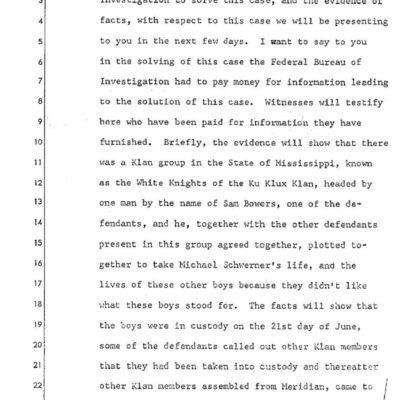
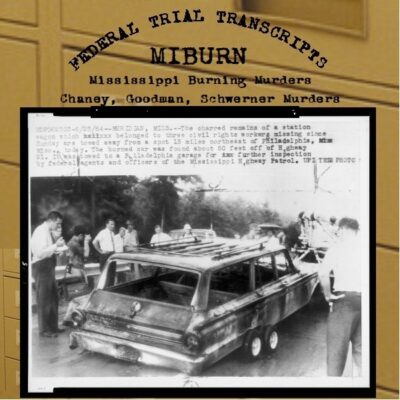
Mississippi Burning: Trial Transcripts of Civil Rights Workers’ Murders
$19.50 Add to Cart -
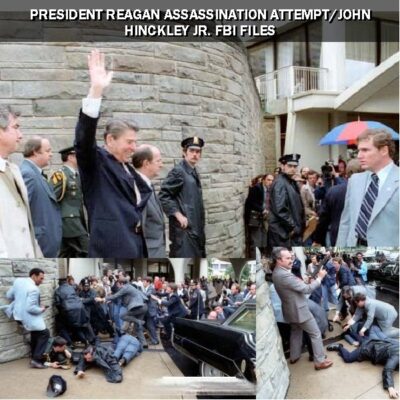
President Ronald Reagan Assassination Attempt John Hinckley Jr. FBI Files
$19.50 Add to Cart -
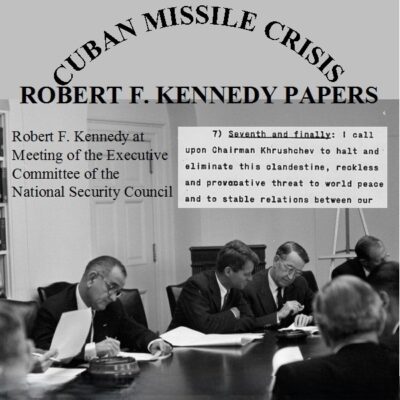
Cuban Missile Crisis: Robert F. Kennedy Papers
$19.50 Add to Cart -
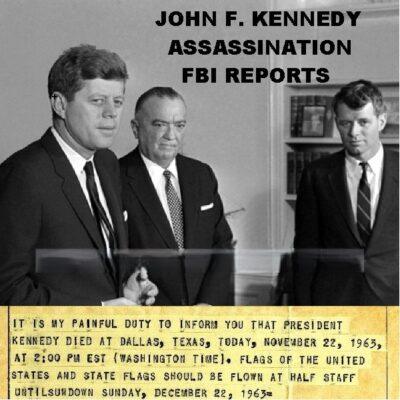
John F. Kennedy Assassination FBI Reports
$19.50 Add to Cart